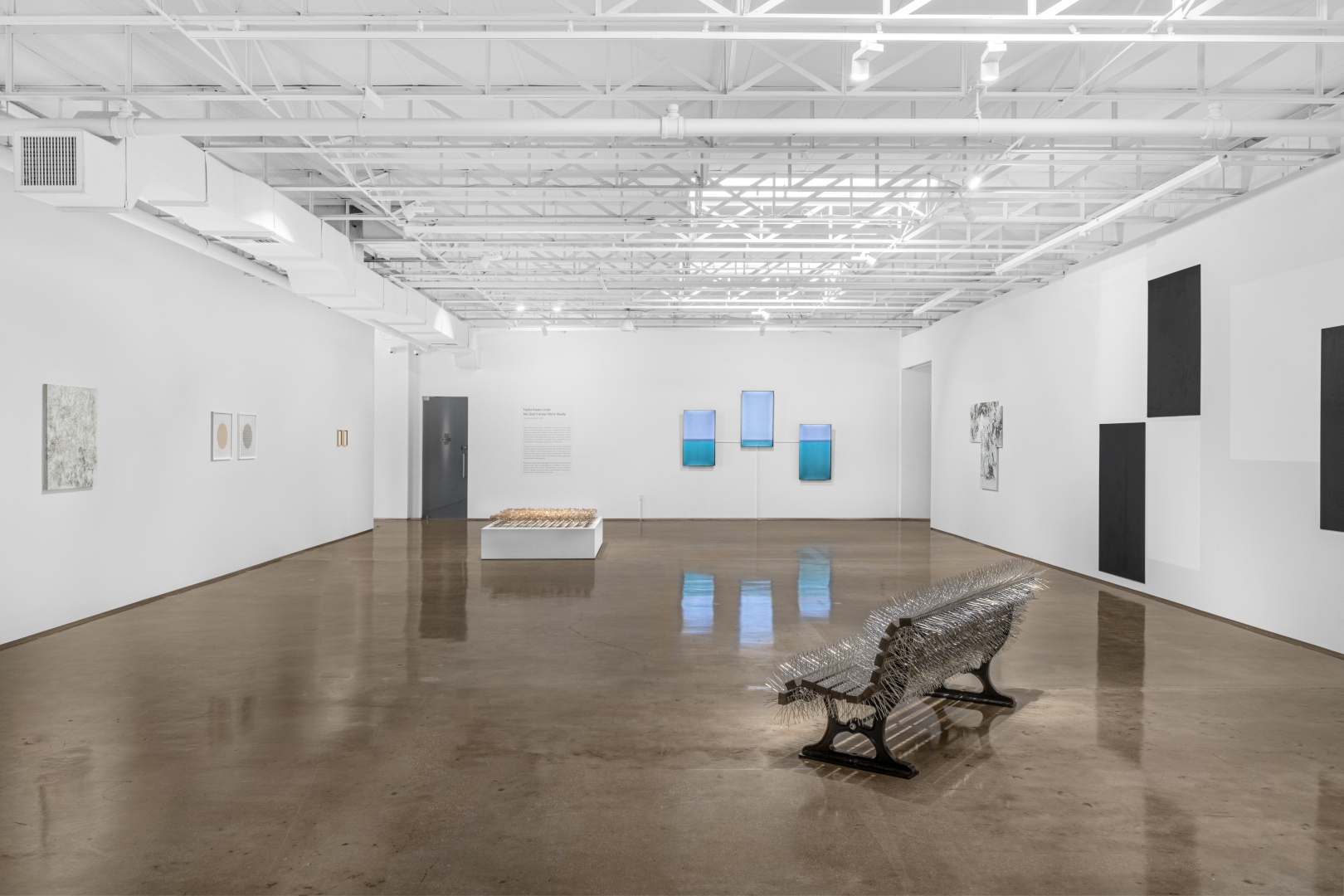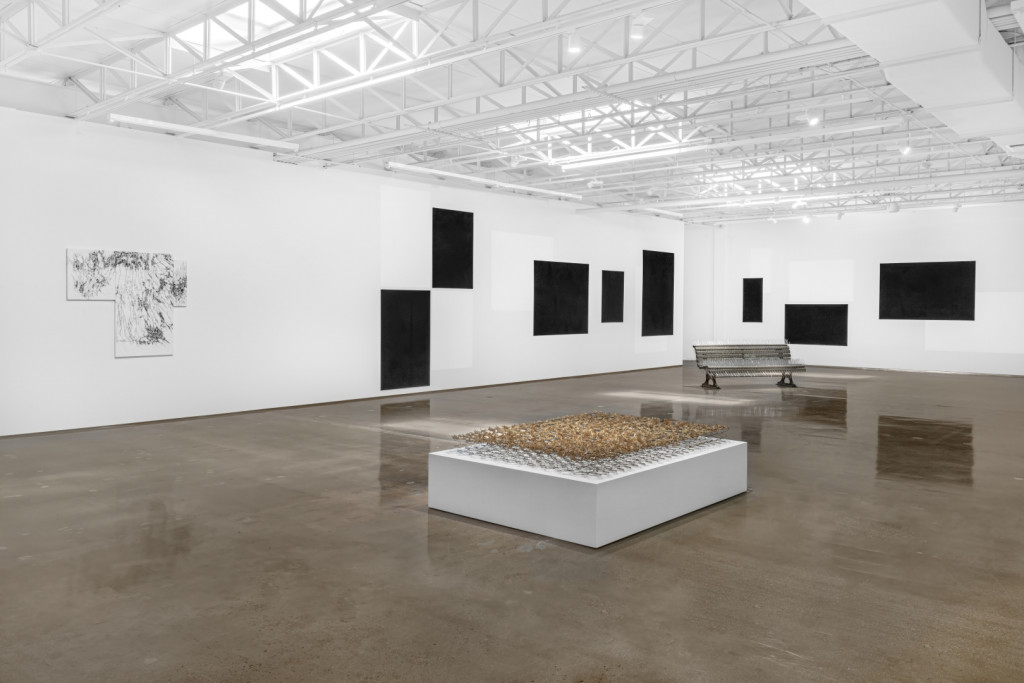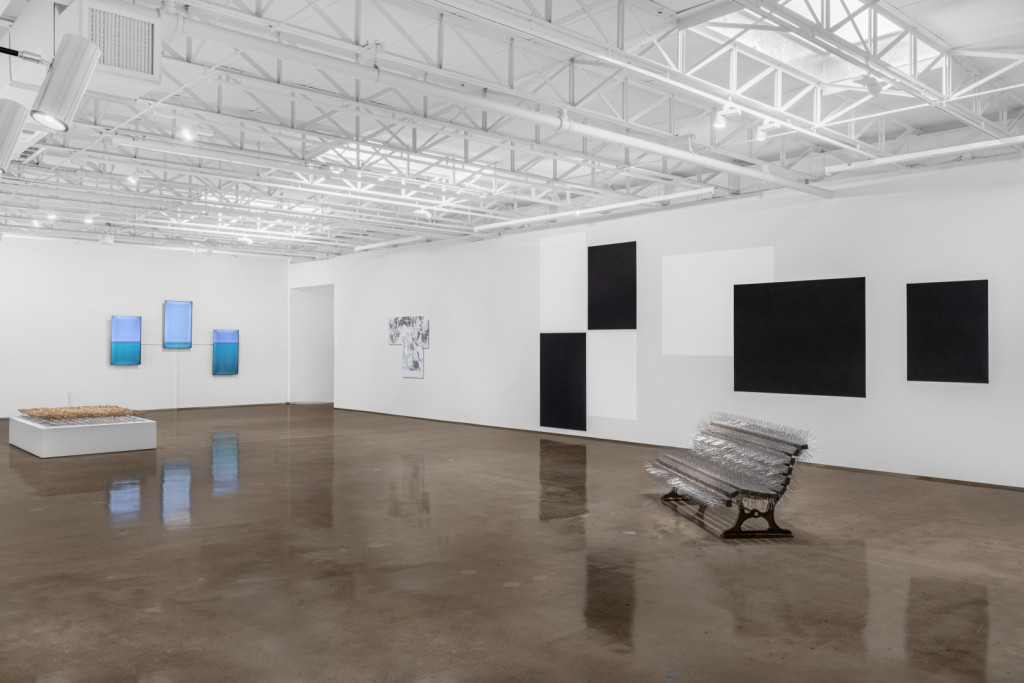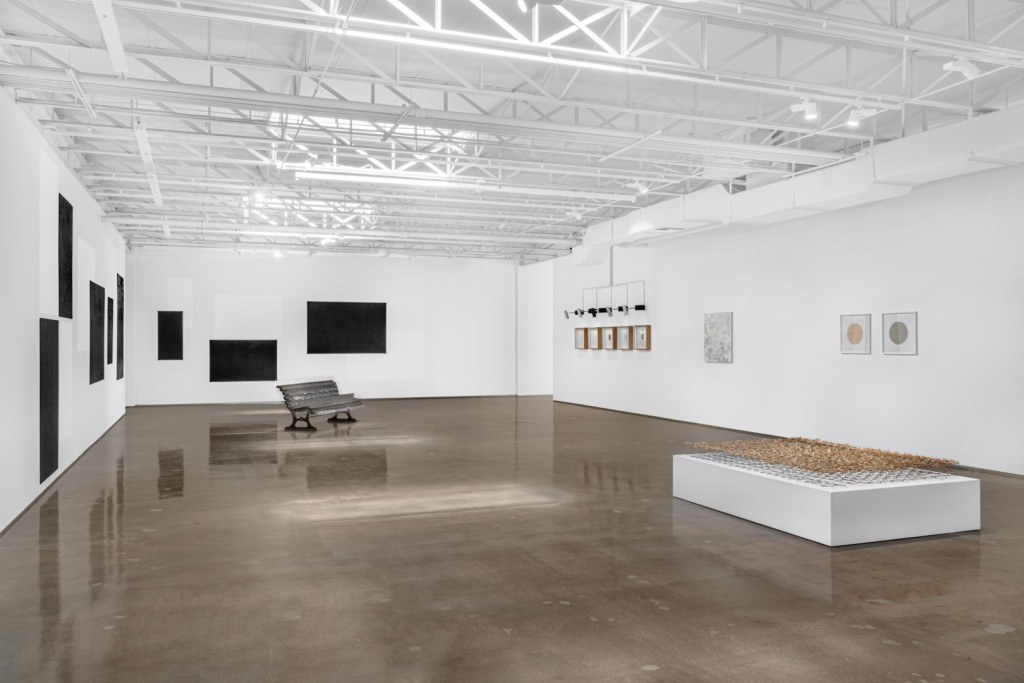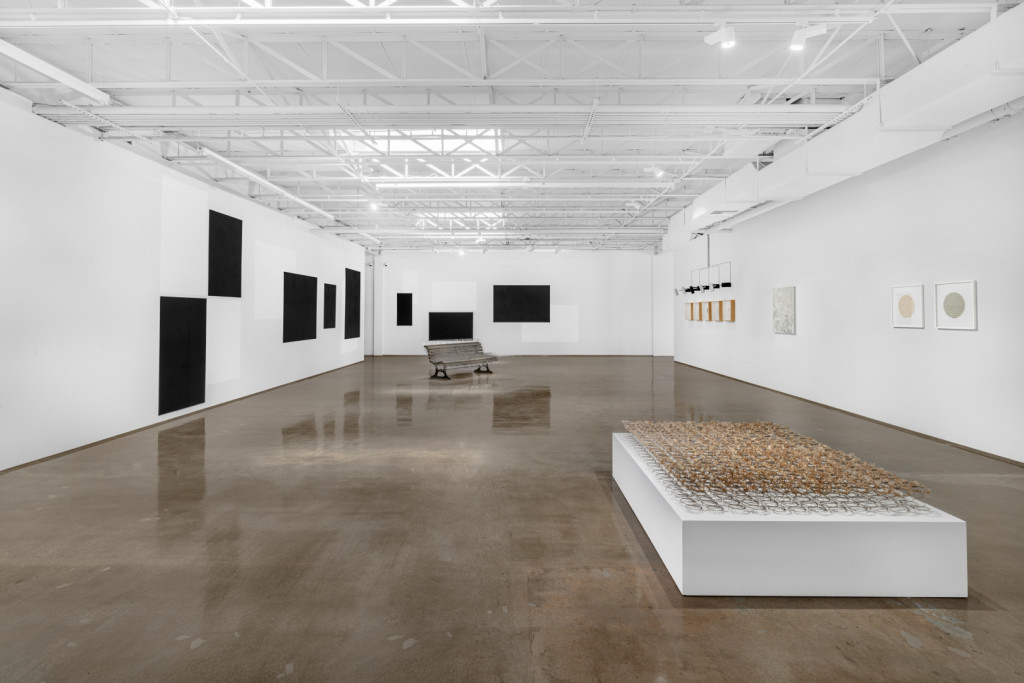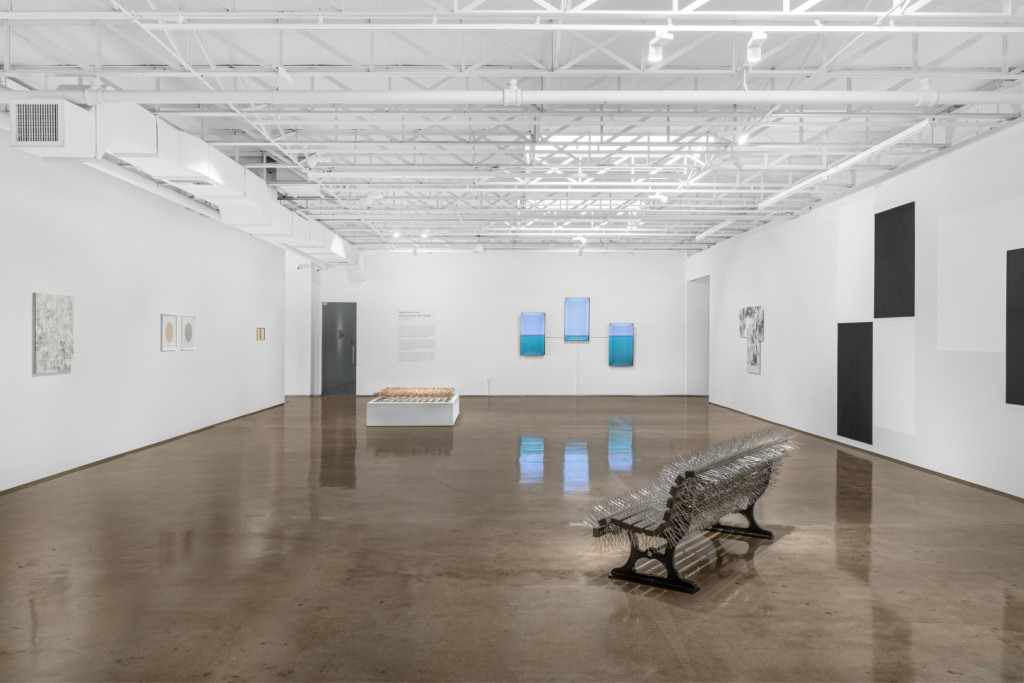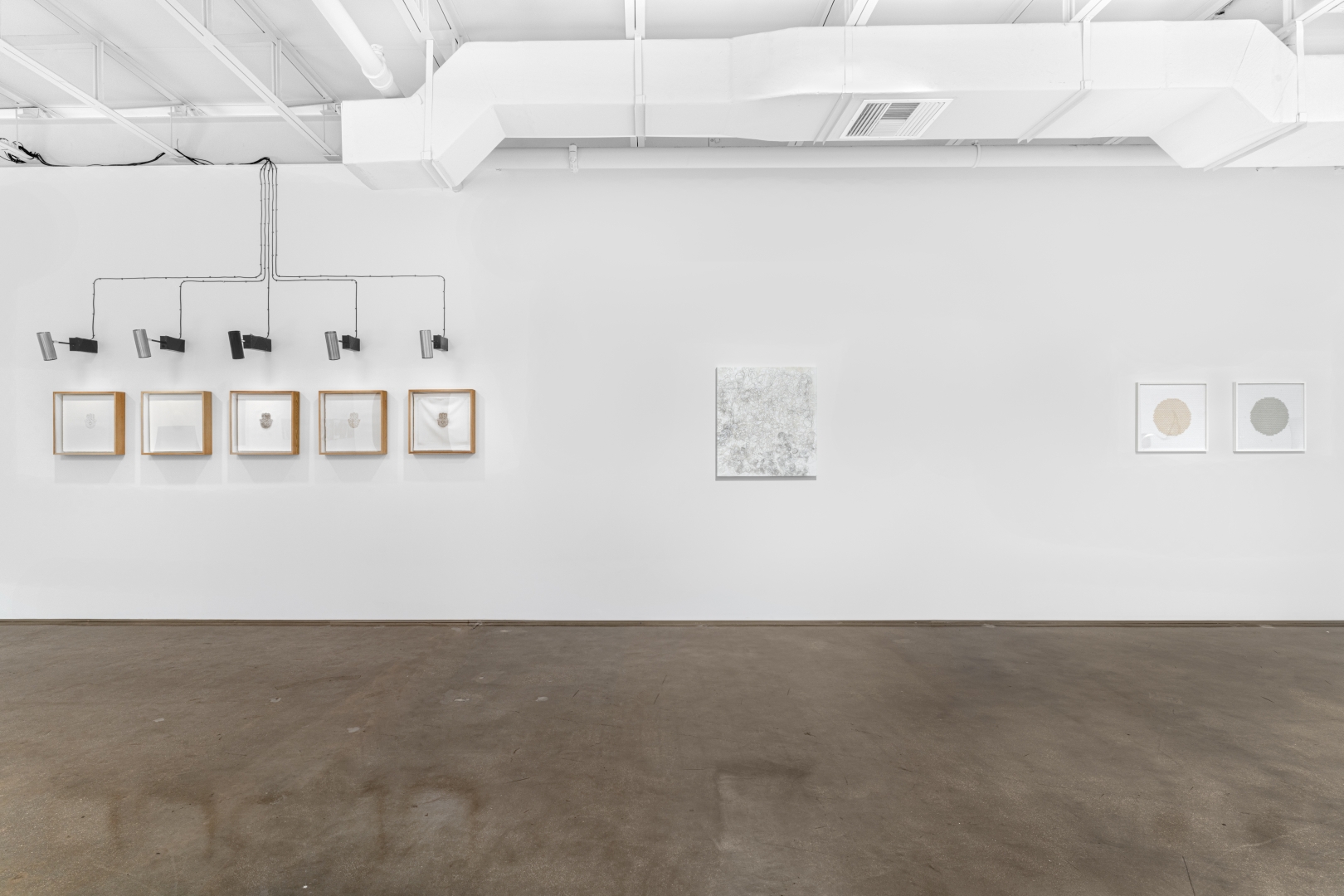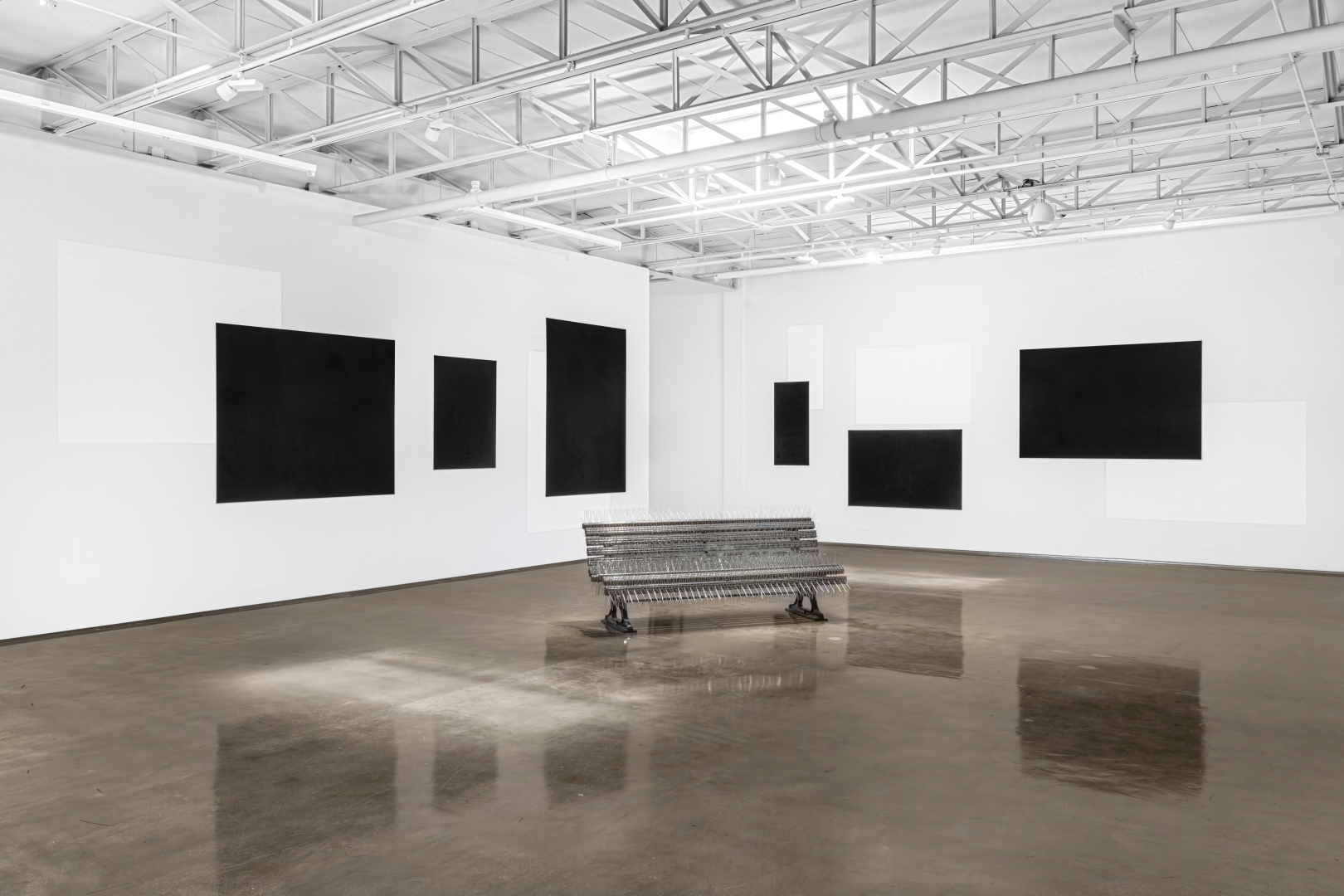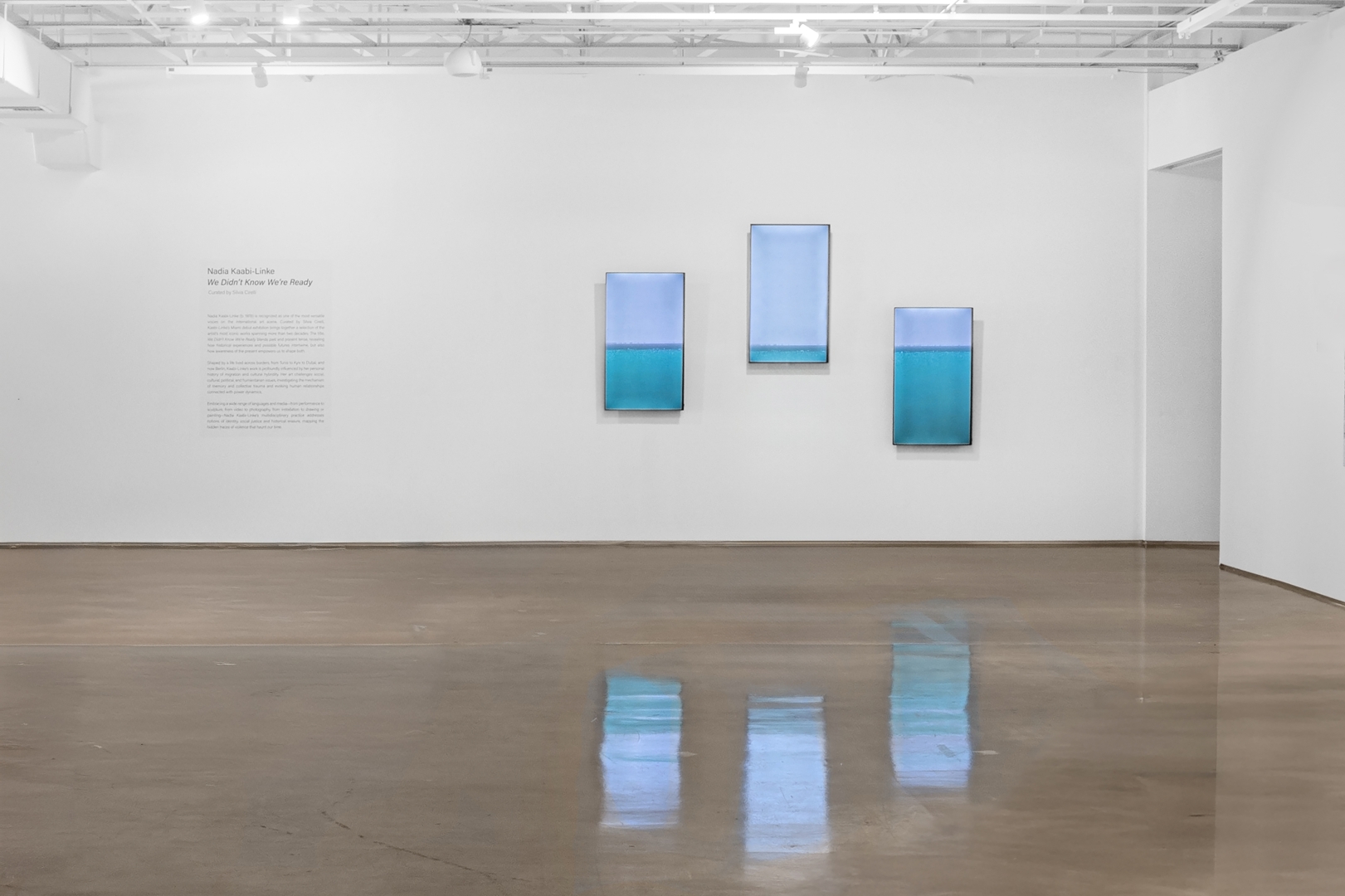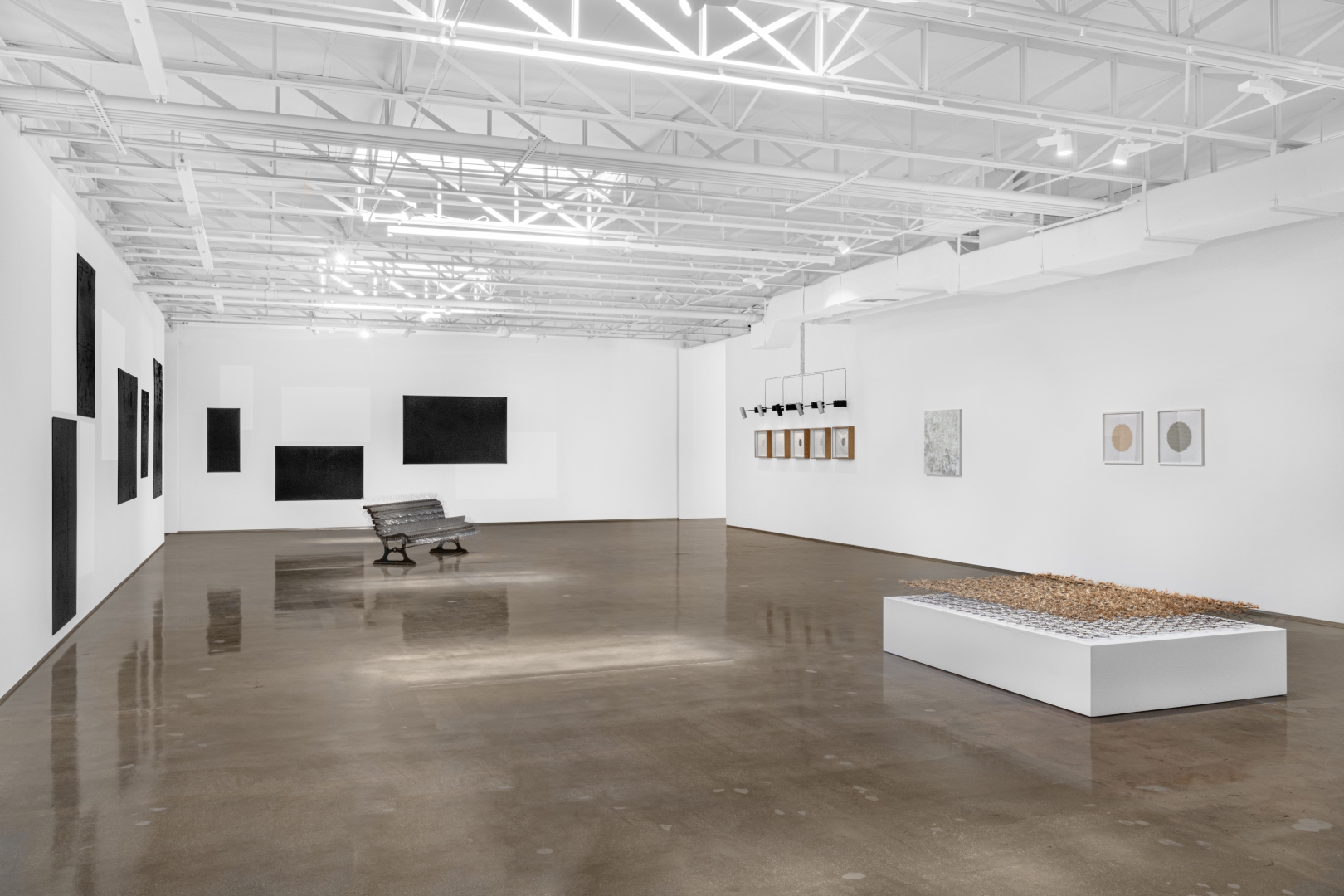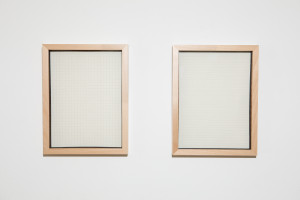In We Didn’t Know We’re Ready the expressive journey of Kaabi-Linke delves into the complexities of human nature revealing an “architecture of pain” marked interdependent power dynamics and the struggles of mankind’s vulnerability. Her work shows how people are affected by power, memory, and vulnerability. Memory is central to her work — it’s the starting point for telling both personal and collective stories. Her artworks act like emotional records, helping us understand hidden parts of our culture today. The title chosen for Kaabi-Linke’s Miami debut solo exhibition goes exactly in this direction, it is an invitation to encompass time fluidity, to better understand the evolutionary codes of our living.
We Didn’t Know We’re Ready, deliberately embraces a grammatical slip, blending verb tenses to highlight the constant convergence of yesterday and today. This temporal dissonance becomes a conceptual tool, a transversal narrative that invites a comprehensive reading, where each artwork acts as an emotional archive, a mosaic of confessions that reflects and translates the codes of contemporary culture. It is on this metaphorical bridge between past and present that the artist projects her own cultural space.
The complex relationship between artistic research and historical testimony unfolds through the evocative installation Blindstrom for Kazimir, inspired by Kazimir Malevich, a Ukrainian artist often wrongly labeled as Russian. Like many Ukrainian artists, Malevich suffered censorship. Kaabi-Linke honors these artists with black panels that represent missing or destroyed paintings, showing the damage caused by political violence. Cracks in the panels resemble wounds, revealing a deep sense of loss. Another work, No One Harms Me Unpunished (2012), is based on a Scottish legend. A Viking raid was stopped when a warrior stepped on a thistle and cried out in pain, warning the locals. The thistle became a symbol of resistance. KaabiLinke places real thistles on a mattress frame, symbolizing the pain and abuse that are often hidden in everyday life, especially in intimate spaces. In Protected Area (2025), a bench covered with sharp bird spikes makes it impossible to sit. What’s usually a place to rest becomes unwelcoming. This sculpture speaks about how public spaces are becoming more exclusive and less inviting, highlighting issues of social exclusion. Tackling issues related to geopolitics, migration, identities and violence, Nadia Kaabi-Linke captures the collective memory and offers it to the viewer, urging them to share and participate in the emotion. An emotion that exposes a silent suffering. “The invisible violence, present or past, is active even if we don’t see it or decide to look away from it,” she states, “but like the unconscious, sooner or later the covered truth will come up to the surface and be acted out while controlling us simultaneously.”
